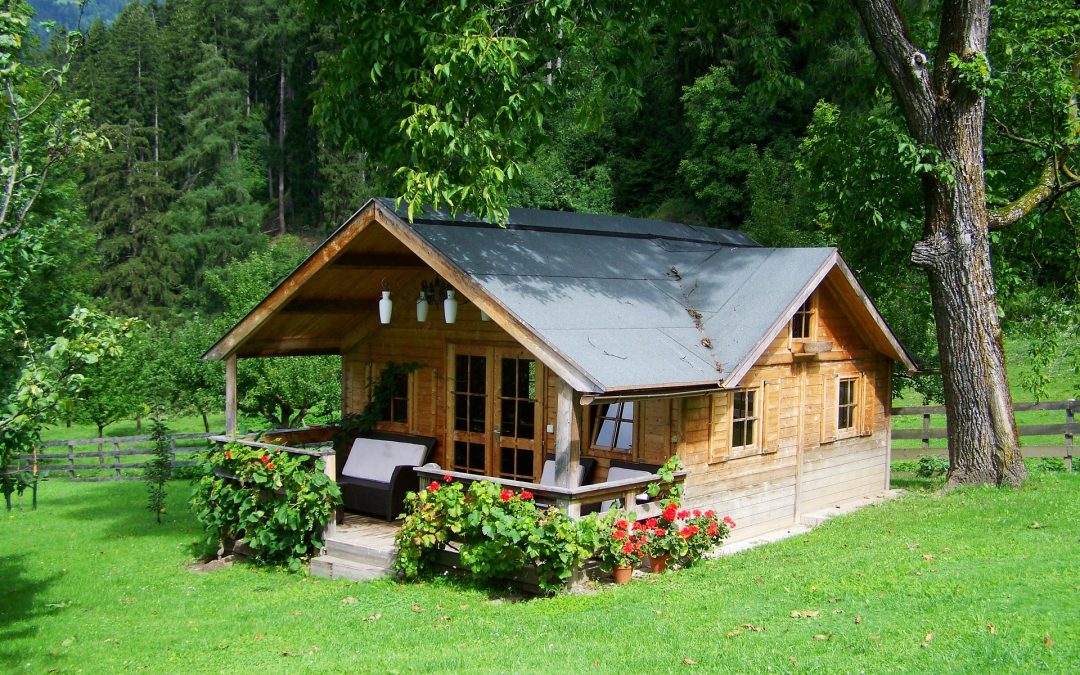Expansion usually means thinking big — except for when it comes to the tiny house market.
Tiny houses have arisen as a hot commodity in real estate. And now, many entrepreneurs are considering adding tiny house investment strategies to their portfolios.
If you’ve been searching for a new way to earn income, investing in tiny homes could make sense. Still, like any investment, tiny houses require upfront homework. Just as you wouldn’t run out and buy office space without a business plan or proof of concept, you shouldn’t dive headlong into finding or building your very own tiny house investment property. Rather, you’ll want to understand the full scope of the tiny house market.
So, What Exactly Is a Tiny Home?
Let’s solve the biggest tiny home mystery right now: What actually constitutes “tiny?” After all, many Americans are accustomed to living in homes with about 2,500 square feet of usable space. To them, “tiny” might be 1,400 square feet. However, true tiny houses usually fall between 100 and 400 square feet — a significant difference.
Because tiny houses are so compact, they’re kind of like recreational vehicles. Some can be pulled behind a trailer, while others might serve as permanent features on an existing piece of land. When they’re placed on a foundation on property that includes at least one other structure, they’re frequently referred to as accessory dwelling units, also known as ADUs. In some municipalities, ADUs are not allowed, which can be a barrier. But regulations are changing all the time in response to the upswing in tiny house market trends.
From an aesthetic aspect, tiny homes can seriously shine. The most appealing tiny houses are carefully designed to satisfy the day-in, day-out living needs of one or two people. (Sometimes a child or two can even be shoehorned into the mix!) This makes them ultra-efficient, which is a quality that I — and other tiny house enthusiasts — greatly admire and appreciate. At the same time, they’re highly affordable.
Remember: We live at a time when most Americans spend about 37% of their budgets on housing. That’s too much for many consumers, especially younger people trying to make ends meet on tight salaries, downsizing retirees, and mid-career couples bent on squirreling away their fiscal resources.
What Tiny Homes Can Do for Investors
Besides their allure for potential residents, tiny homes have a lot to offer for investors, too. So, is investing in a tiny home or investing in a tiny house community the right move for you? Maybe. If you’re interested in the idea, read up on the following recommendations:
1. Consider a tiny house as a rental unit. Have you been looking for a way to become a landlord? Buying an existing tiny house or spending the money to construct one with a tiny house builder can get you into rentals pretty quickly.
Once you have your tiny house furnished, hooked up to utilities, and attractively landscaped, you can rent it out. You don’t have to stick to long-term leases, either. If you live in a tourist location, you might even make more money by offering your tiny house as a one-of-a-kind vacation property.
2. Snatch up prebuilt tiny homes. Perhaps you don’t want to wait even a month to become a tiny house landlord. There’s no faster way to get involved in renting than to buy a tiny house through a tiny house community builder or through a Realtor who sells tiny houses.
In Missouri, for instance, we’re constructing a tiny house development near a lake. It will wind up being about 130 to 140 units, and we fully expect some of these homes to be bought up very quickly by investors. Luckily, our area of the country is hardly the only one where these types of tiny house communities are on the rise — so try doing a bit of research around your area.
3. Try flipping tiny homes. Flipping a tiny home might not make you the same profit margins as flipping a larger residence, but the process is expedited. You can usually increase your flipping velocity by three or four months per home. That super-quick turnaround and allows you to get investment dollars back so you can keep on flipping.
If you have enough money saved up for a larger down payment, you could even buy a mobile home park. Just add a few tiny house units to the park as “crown jewels.” They’ll increase the overall curb appeal and real estate value of the park as a whole, which could allow you to sell the park to another investor for a sizable profit.
4. Make research your friend. Always conduct market research on your region. A market survey can tell you whether a tiny home or tiny home community will do well in your neighborhood of choice. Remember: Data is your friend — and it doesn’t fib.
While you’re conducting your research, think about how you’re going to market to tiny home renters, buyers, or other entrepreneurs. From our own research, we’re expecting to offer tours of a couple of our homes to generate buzz and build demand.
Are tiny houses a good investment vehicle? With the tiny house market booming, they’re looking better quarter after quarter. And, hey — even a tiny investment can wind up as a large payback.


